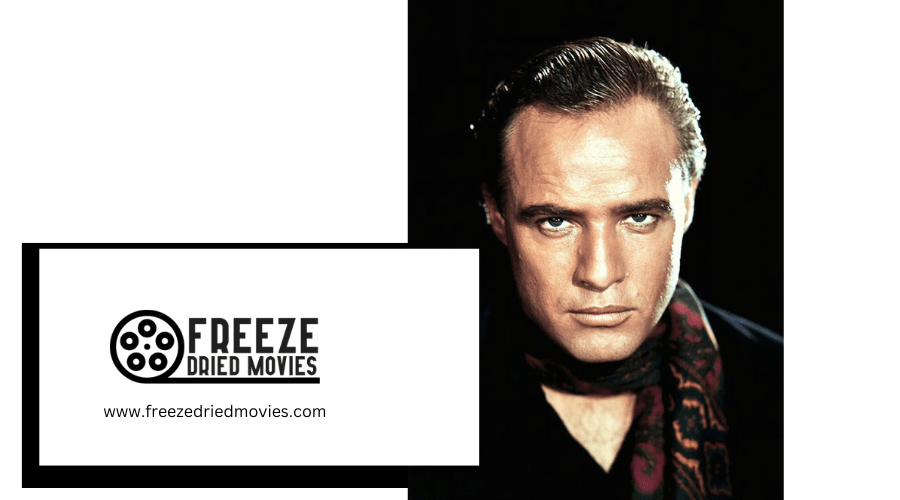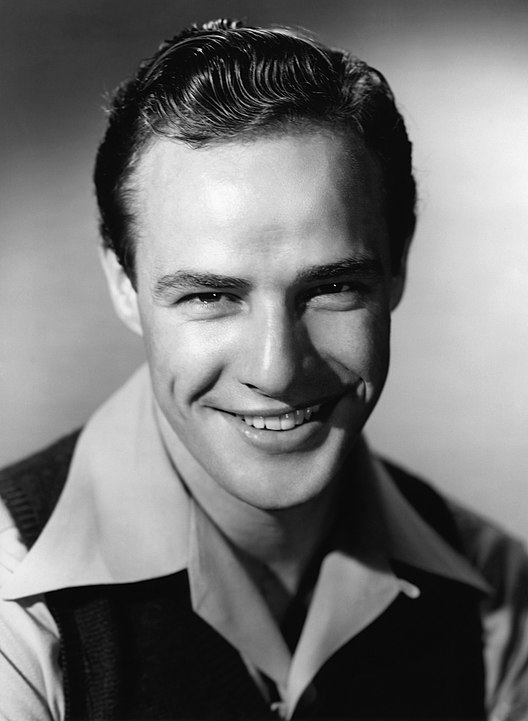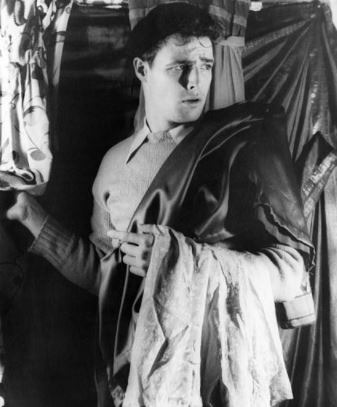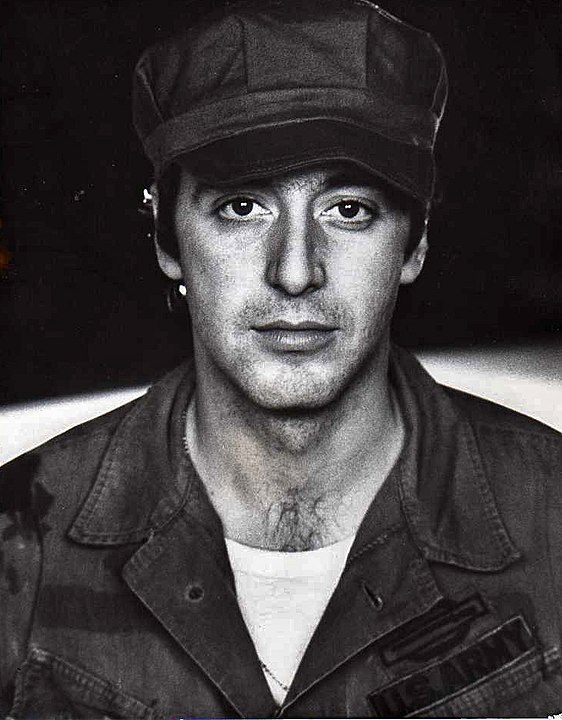Marlon Brando is the man who tore through 1950s cinema like a whirlwind, reshaping the very fabric of on-screen rebellion. With his raw, electrifying performances in ‘The Wild One’ and ‘A Streetcar Named Desire,’ Brando didn’t just play a part; he became the embodiment of youthful defiance and complex masculinity. This wasn’t your standard Hollywood fare; it was a revolution in character portrayal, one that challenged audiences and inspired a new wave of filmmaking. But what drove Brando to these heights of intensity, and how did his off-screen persona fuel his on-screen rebellions? Stick around, and you’ll find there’s more to this story than you might expect.
Key Takeaways
- Marlon Brando revolutionized 1950s cinema with his role as Johnny in ‘The Wild One’, embodying the rebel archetype.
- His Method acting technique brought unparalleled depth and realism to the rebel characters he portrayed.
- Brando’s performances challenged Hollywood’s traditional portrayal of nonconformity, blending toughness with vulnerability.
- Through characters like Johnny Strabler, Brando set a new standard for complex, nuanced roles in cinema.
- His influence reshaped the depiction of rebels in film, inspiring a generation of actors and filmmakers.
Early Life and Breakthrough
Marlon Brando, born in 1924 in Omaha, Nebraska, discovered his acting passion at Shattuck Military Academy, setting the stage for a career that would transform 1950s cinema. Despite being kicked out of high school, Brando didn’t give up. He found his way to New York, diving headfirst into the world of Method acting under the guidance of Stella Adler. This wasn’t just any acting technique; it was a revolution, and Brando was at its forefront.
His Broadway debut in ‘I Remember Mama’ marked the beginning, but it was his explosive performance in ‘A Streetcar Named Desire’ that shattered conventions. Brando didn’t just act; he became Stanley Kowalski, embodying the role with a raw intensity never seen before on Broadway. This wasn’t acting as the world knew it; this was something else, something deeper. Method acting became Brando’s signature, his tool for delivering performances that were visceral, real, and utterly mesmerizing.
Brando’s early struggles and triumphs didn’t just shape his career; they redefined acting itself. With each role, Brando wasn’t just performing; he was living, breathing, and changing cinema forever.
The Birth of a Rebel
You’ve seen Marlon Brando’s defiant gaze and heard his unmistakable voice, but it’s his early life challenges that sculpted him into the rebel icon of the 1950s. His journey began in 1943, stepping into New York City’s Actors Studio, where he honed the raw intensity that would mark his performances in ‘A Streetcar Named Desire’ and ‘On the Waterfront.’ These roles didn’t just showcase his talent; they etched his name as the emblem of rebellion in cinema.
Early Life Challenges
Facing numerous setbacks from an early age, Marlon Brando’s journey into acting wasn’t straightforward. Born in Omaha, Nebraska, in 1924, he encountered academic struggles and was expelled from high school. Yet, these early challenges didn’t deter his determination. Instead, they fueled his passion for acting, leading him to discover Method acting under Stella Adler’s guidance.
- Born in 1924, faced academic struggles
- Expelled from high school
- Discovered passion for acting at Shattuck Military Academy
- Studied Method acting under Stella Adler
- Made Broadway debut in I Remember Mama
Brando’s early life was marked by defiance and persistence. Despite the setbacks, his commitment to mastering the craft of acting and his Broadway debut paved the way for a rebellious and influential career in 1950s cinema.
Acting Career Beginnings
In 1943, Brando’s journey to stardom kicked off when he joined the Actors Studio in NYC, laying the groundwork for his emergence as a cinematic rebel in the 1950s. His early career was marked by breakthrough roles that showcased his rebellious and intense acting style. Brando’s raw talent and dedication to Method acting made him stand out. He wasn’t just acting; he was living his roles, reflecting a departure from traditional Hollywood norms. This revolutionary approach solidified his rebel persona, drawing audiences and critics alike. From his rebellious nature since a young age to his groundbreaking performances, Brando’s early days in the industry marked the birth of a rebel, influencing a new wave of acting and storytelling in 1950s cinema.
Iconic Rebel Roles
Building on his early career, Marlon Brando redefined cinema in the 1950s with roles that epitomized the rebel, challenging societal norms and expectations. His iconic rebel roles became the blueprint for authenticity and nonconformity in Hollywood, marking a significant shift in storytelling.
- Johnny in ‘The Wild One’: Set a new standard for complex characters.
- Authenticity: Brando’s performances were unparalleled in depth and realism.
- Toughness and Vulnerability: His characters balanced defiance with emotional openness.
- Influence on Actors: Inspired a generation to embrace nuanced roles.
- Shaping Cinema’s Image: Brando’s rebels reshaped Hollywood’s portrayal of nonconformity.
Marlon Brando wasn’t just acting; he was living each moment on screen, bringing an unparalleled authenticity that forever changed 1950s cinema.
Method Acting Revolution
You’ve seen how Marlon Brando changed the face of 1950s cinema, but it’s his Method acting techniques that truly shook the foundations. By fully immersing himself in his characters, he didn’t just act; he lived his roles, setting a new bar for authenticity. Let’s explore how this approach not only impacted his performances but also transformed cinema culture as it is understood.
Brando’s Acting Techniques
Marlon Brando’s embrace of Method acting dramatically changed how actors approached their roles, setting a new benchmark for emotional authenticity on screen. He didn’t just act; he became the character, immersing himself in the depths of emotional truth. Brando’s technique was revolutionary, challenging and inspiring at the same time.
- Studied under Stella Adler, mastering the nuances of Method acting.
- Honed his skills at the Actors Studio in NYC, a hub for creativity.
- His dedication to authenticity made his performances unforgettable.
- Explored extensive character analysis to bring roles to life.
- Achieved unmatched emotional depth, setting a new standard for actors.
Brando wasn’t just acting; he was living his roles, forever altering the landscape of cinema with his groundbreaking approach.
Impact on Cinema Culture
Having explored Brando’s innovative acting techniques, let’s now examine how his Method acting revolution reshaped cinema culture in the 1950s. Brando didn’t just act; he lived his roles, diving deep with character immersion that flipped traditional acting norms on their head. His time at the Actors Studio wasn’t just a phase; it was a forge where his groundbreaking approach to performances was honed. By challenging the status quo, Brando didn’t just change the game—he set a new one. His authenticity on screen wasn’t just enthralling; it was a call to arms for actors everywhere. Suddenly, cinema culture was alive with possibilities, setting the stage for a new generation ready to explore the depths of their characters. Brando didn’t just leave a mark; he started a revolution.
Iconic Roles and Performances
Explore the heart of 1950s cinema and you’ll find Marlon Brando, whose iconic roles transformed the landscape of acting with unparalleled intensity and authenticity. His mastery of Method acting and his status as a rebel icon left an indelible mark on the film industry, earning him critical acclaim and an Academy Award.
Brando’s performances are legendary, but here are highlights that stand out:
- Stanley Kowalski in ‘A Streetcar Named Desire’ showcased his intense Method acting style, earning widespread acclaim.
- As Johnny Strabler in ‘The Wild One’, he became the ultimate rebel icon of 1950s cinema.
- His role as Terry Malloy in ‘On the Waterfront’ displayed his remarkable range, securing him an Academy Award.
- Vito Corleone in ‘The Godfather’ marked a career pinnacle, winning him a second Academy Award.
- Brando’s ability to embody complex characters with depth and authenticity set a new standard in acting.
Marlon Brando’s iconic roles didn’t just entertain; they revolutionized acting, making him a true maverick in the film industry.
Controversies and Public Image
While Brando’s on-screen performances earned him legendary status, his off-screen life was equally compelling, marked by a series of controversies and a complex public image. You can’t separate his rebellious nature from his art. By refusing his Best Actor Oscar for ‘The Godfather’, he wasn’t just snubbing an award; he was spotlighting Hollywood’s mistreatment of Native Americans. This act alone cemented his reputation as a nonconformist who wasn’t afraid to challenge the status quo.
Brando didn’t stop there. His vocal criticism of the film industry and social injustices showcased a man deeply invested in civil rights activism. He wasn’t just an actor; he was a fighter for what he believed was right. Yet, his personal life often grabbed headlines for the wrong reasons. Multiple marriages, family tragedies, and financial troubles painted a picture of a tumultuous life behind the scenes. Despite these struggles, his contributions to cinema and society can’t be overlooked.
You see, Brando wasn’t just another actor. His controversies, activism, and personal challenges made him a compelling figure whose actions spoke as loudly as his roles on screen.
Legacy and Influence
How did Marlon Brando’s role as Johnny in ‘The Wild One’ redefine the archetype of the cinematic rebel, influencing generations of filmmakers and actors? Marlon Brando’s portrayal wasn’t just about leather jackets and motorcycles; it was a complex mix of toughness and vulnerability that set a new standard for what it meant to be a rebel on the silver screen.
Here’s how Brando’s rebel persona left an indelible mark on cinema:
- Set the Standard: Brando’s portrayal of Johnny became the gold standard for anti-establishment figures in cinema, defining the rebel persona for years to come.
- Influenced Future Rebels: His iconic performance inspired countless rebellious characters, shaping the image of the rebellious teen in film.
- Evolution of Rebel Movies: The legacy of ‘The Wild One’ extended well beyond the 1950s, contributing significantly to the evolution of rebel-themed movies.
- First and Best: Brando’s role solidified his status as the first and best movie-screen rebel, blending toughness with a unique vulnerability.
- Challenged Perceptions: The character dynamics and portrayal of authority in ‘The Wild One’ challenged traditional perceptions of rebels and authority, adding depth to the narrative.
Marlon Brando’s influence and legacy as the quintessential rebel in ‘The Wild One’ continue to resonate, shaping how rebels are portrayed in cinema to this day.
Conclusion
Marlon Brando wasn’t just an actor; he was a force that changed cinema forever. You can see his influence in every rebel that’s graced the screen since the ’50s. By bringing raw emotion and depth to his roles, he broke the mold, making way for more complex characters. Despite the controversies, his legacy is undeniable. Brando’s spirit lives on in the actors he inspired and the films that dare to challenge the status quo. He was, and always will be, the original rebel.





